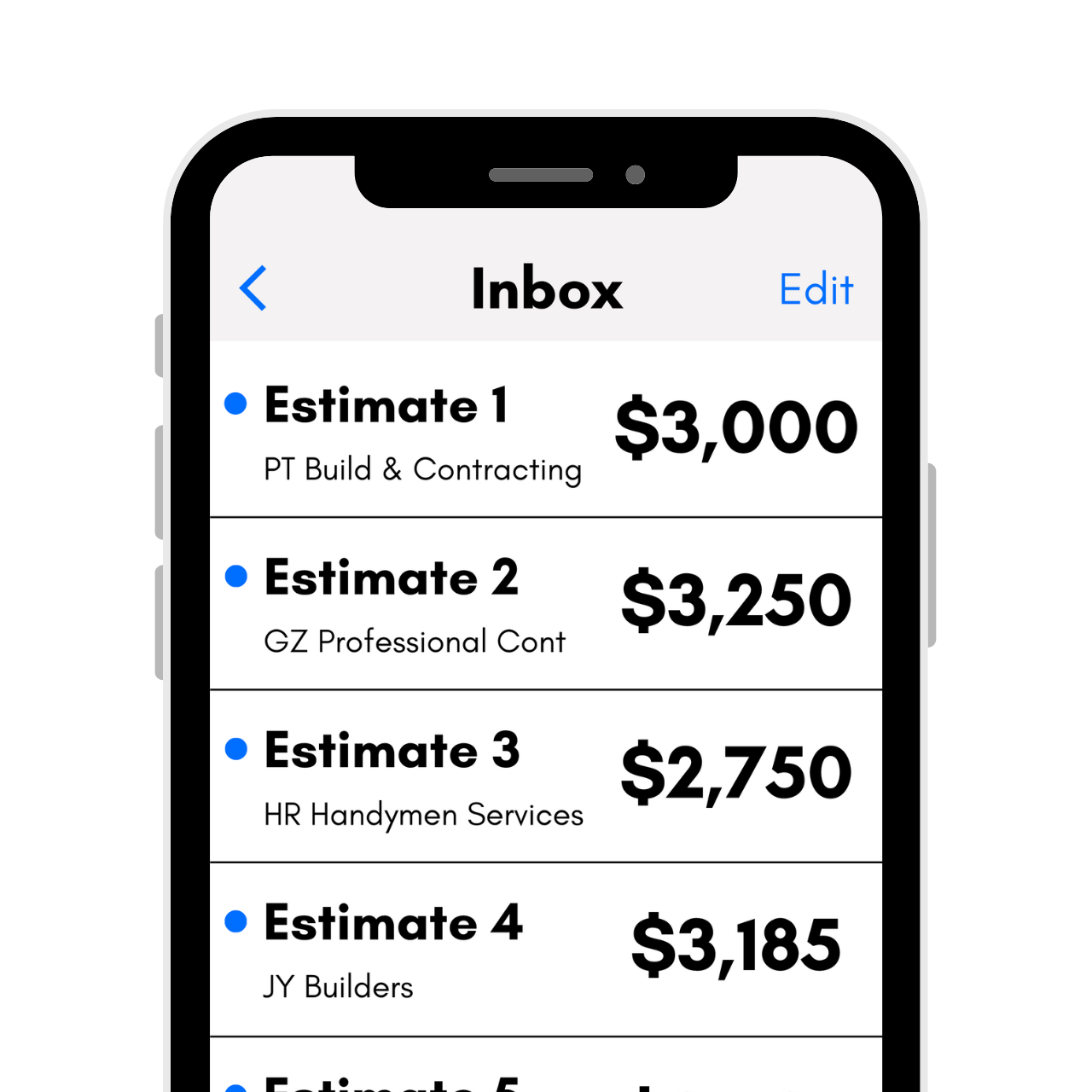12 Warning Signs That Your Roof Needs to be Replaced
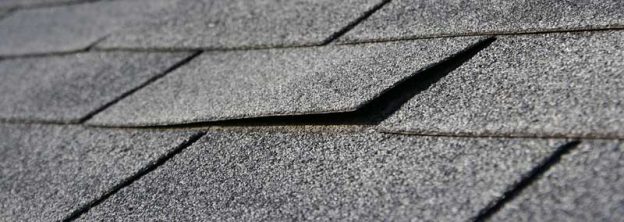
The roof is the most important part of the home; it keeps the elements out and protects your structure. Worn or damaged asphalt roof shingles can allow water to leak into the building.
Leaks can be major, causing damage to insulation, drywall, and your belongings, or they can be small, rotting your roof sheathing and rafters, setting your home up for a costly repair. There are several warning signs that your asphalt shingles need to be repaired or replaced.
Ignoring warning signs can often lead to the need for more repairs as well as complete replacements. Always act quickly if you suspect your roof has an issue to avoid bigger, more expensive problems later.
Inspect Roof Shingles
The first step to evaluating your roof is to inspect the shingles closely. There are a few indicators that asphalt shingles are worn or damaged and that the roof is in need of repair.
Use binoculars to get a good look, or safely use a ladder to climb up to the roof to inspect. Remember to be safe at all times if you climb on a ladder and follow ladder safety best practices and be sure to avoid walking on your roof since that can cause additional damage and may be unsafe.[1]
Missing Shingles
An obvious warning sign that there are problems with a roof is missing shingles, exposing the upper portion of the lower course of shingles to the elements. Storms and high winds are usually to blame for this.
The missing shingles can allow water to penetrate into the attic more easily. If the roof is in good condition overall, it may be possible to replace the section that has been damaged.
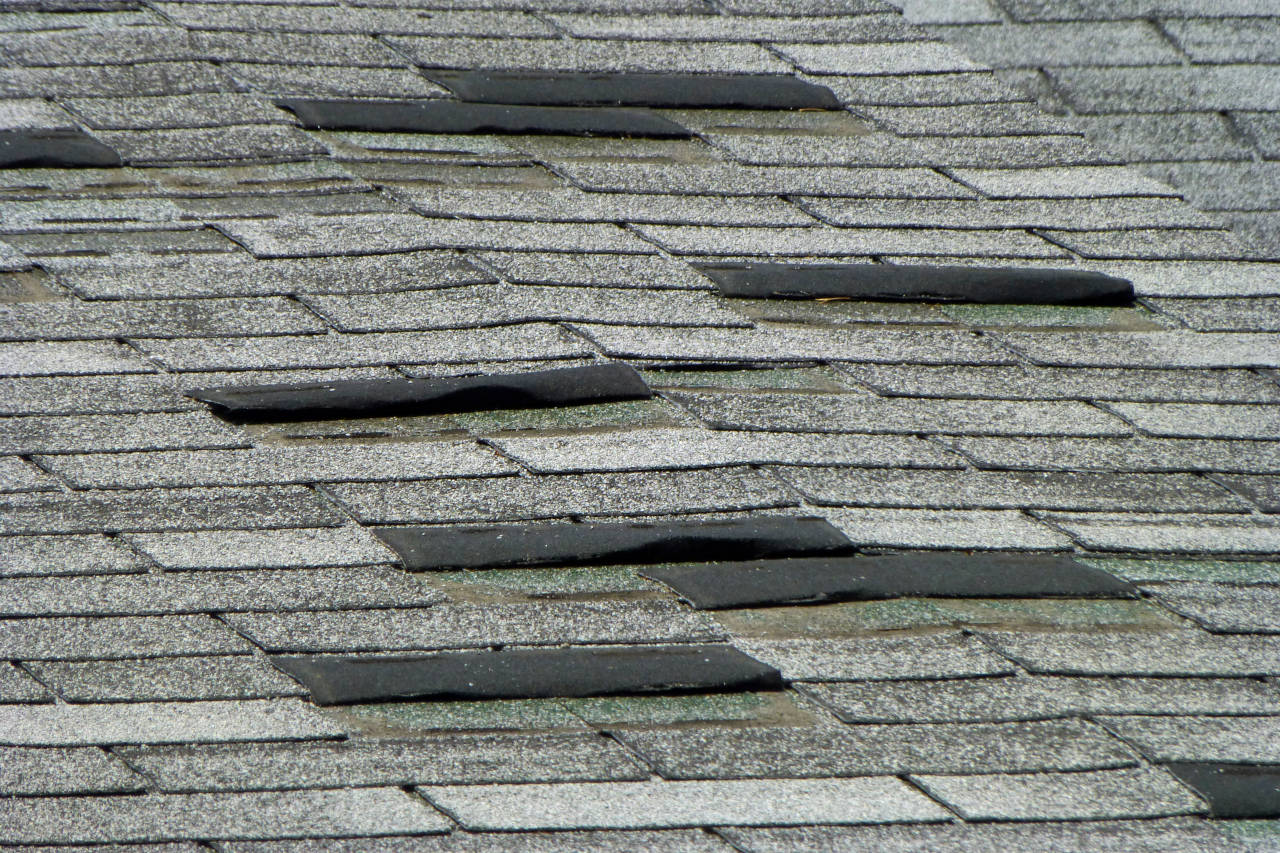
Lifting Shingles
Shingles lifted at the bottom can be susceptible to water damage and be blown off in high winds. This issue is often caused by the shingles not sealing properly to the roof, potentially due to an uneven roof, improper installation, or installation in very cold weather.[2]
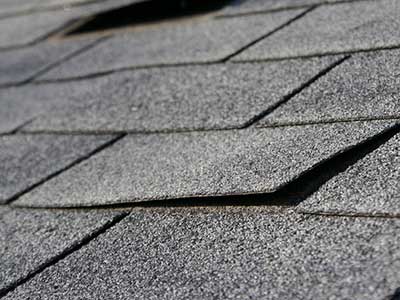
Curled Shingles
Shingles that are curled on the corners or edges can allow water to penetrate the roof. Curled shingles are often a sign that the roof has reached the end of its lifespan.
Curled shingles are a sign that the material is deteriorating, and often even a few shingles indicate the need to replace the roof if all shingles are of the same age.
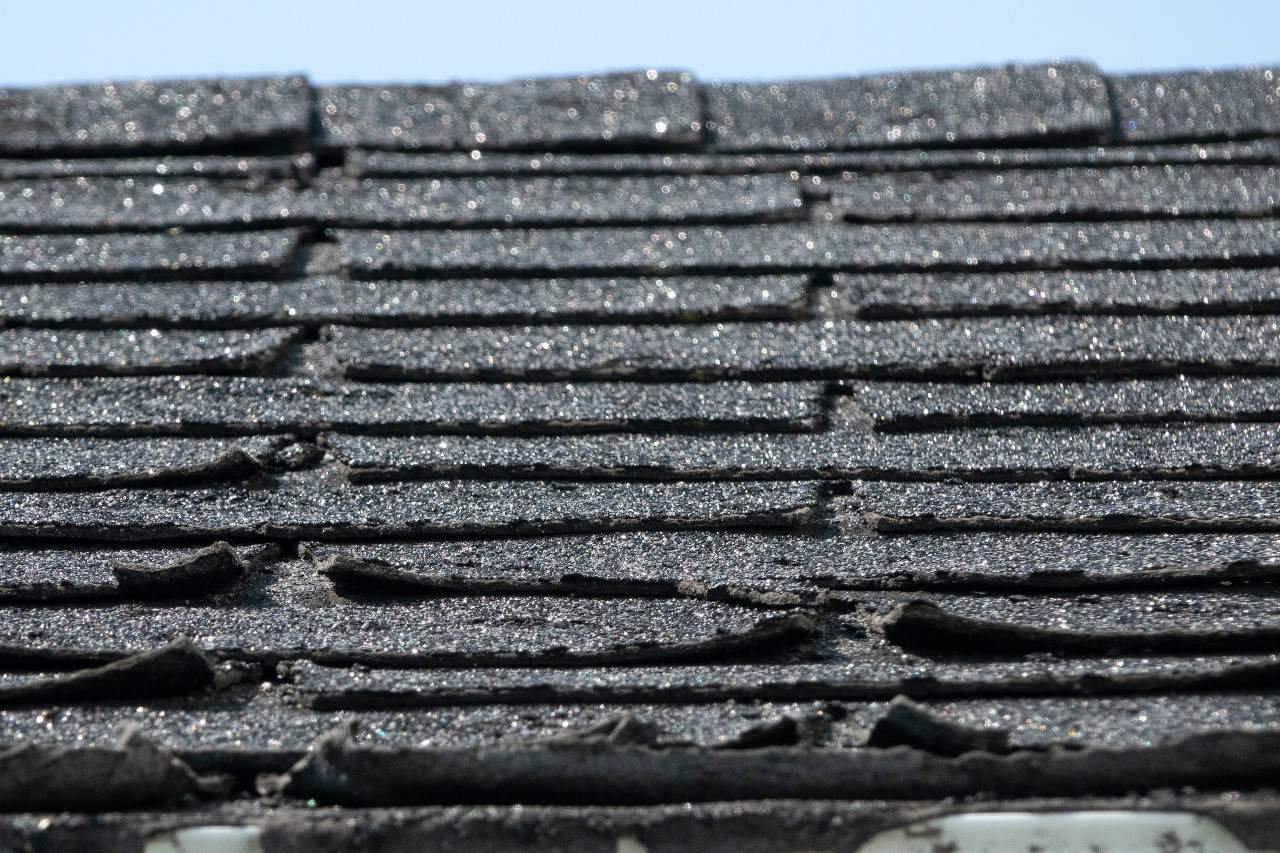
Curled shingles could also be an indicator that the attic is poorly ventilated, causing it to age prematurely. A poorly ventilated attic can become superheated. The heat transfers back to the shingles, which can cause them to become brittle.
Cracked Shingles
Cracks in the roof shingles allow an easy entry point for water to penetrate beneath the surface and into the home. Cracks can be caused by high winds, temperature swings, manufacturing defects, and improper installation.
If you spot cracks, you should consider complete shingle replacement.
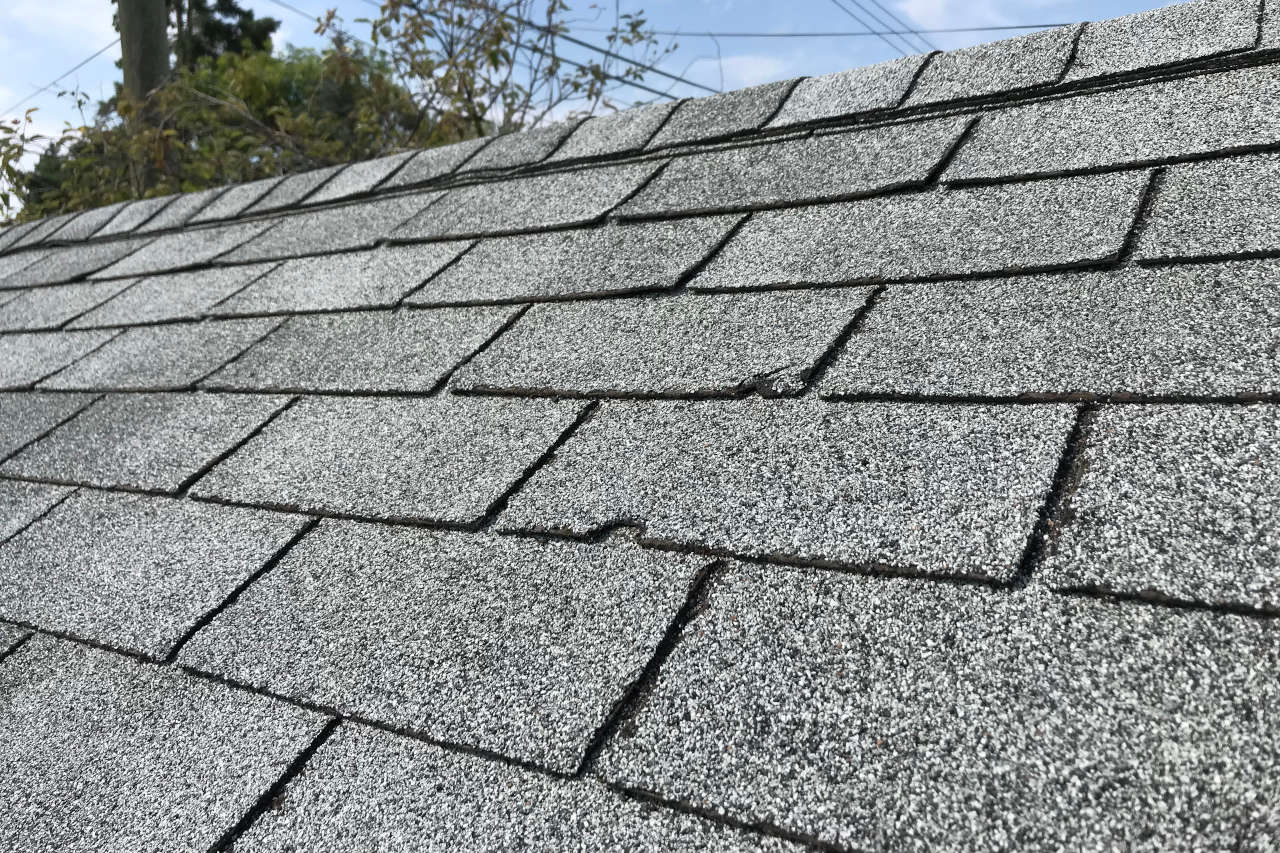
Buckled Shingles
Moisture in the roof sheathing or felt paper can cause shingles to expand and buckle. This typically occurs when the sheathing is installed too tightly so it cannot expand and contract.
Buckled shingles could also indicate poor attic ventilation exacerbating the problem. Unfortunately, repairing buckling shingles often requires removing the shingles and repairing or replacing the sheathing.
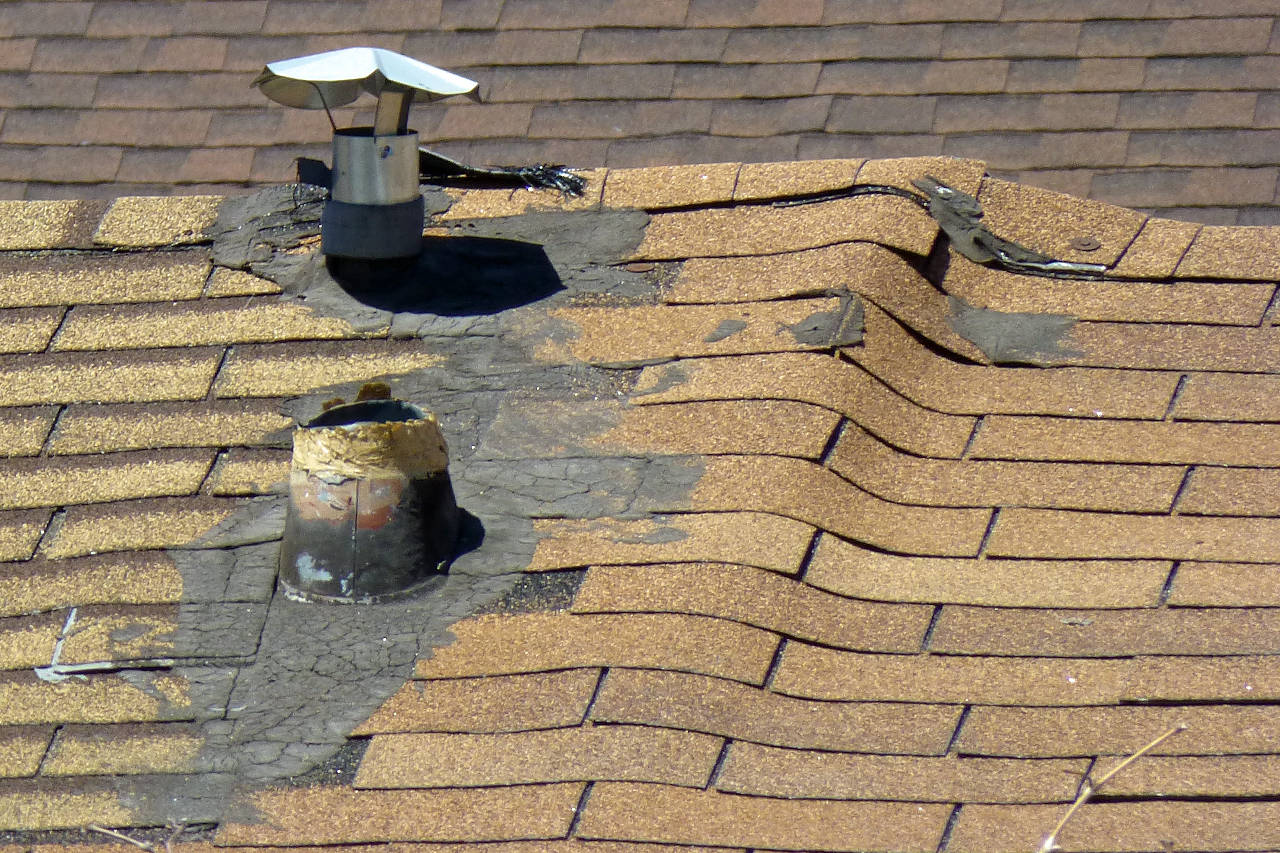
Missing Granules or Dark Spots
Asphalt shingles are essentially a layer of tar coated with granules of rock that protect the surface. As a roof wears, the granules can come off the surface, weakening the shingle. Dark spots on the shingles may indicate that granules have worn away.
Large amounts of granules in the gutter or downspouts may indicate that the roof is wearing prematurely.[3] If the shingles are missing granules, they may soon need to be replaced.
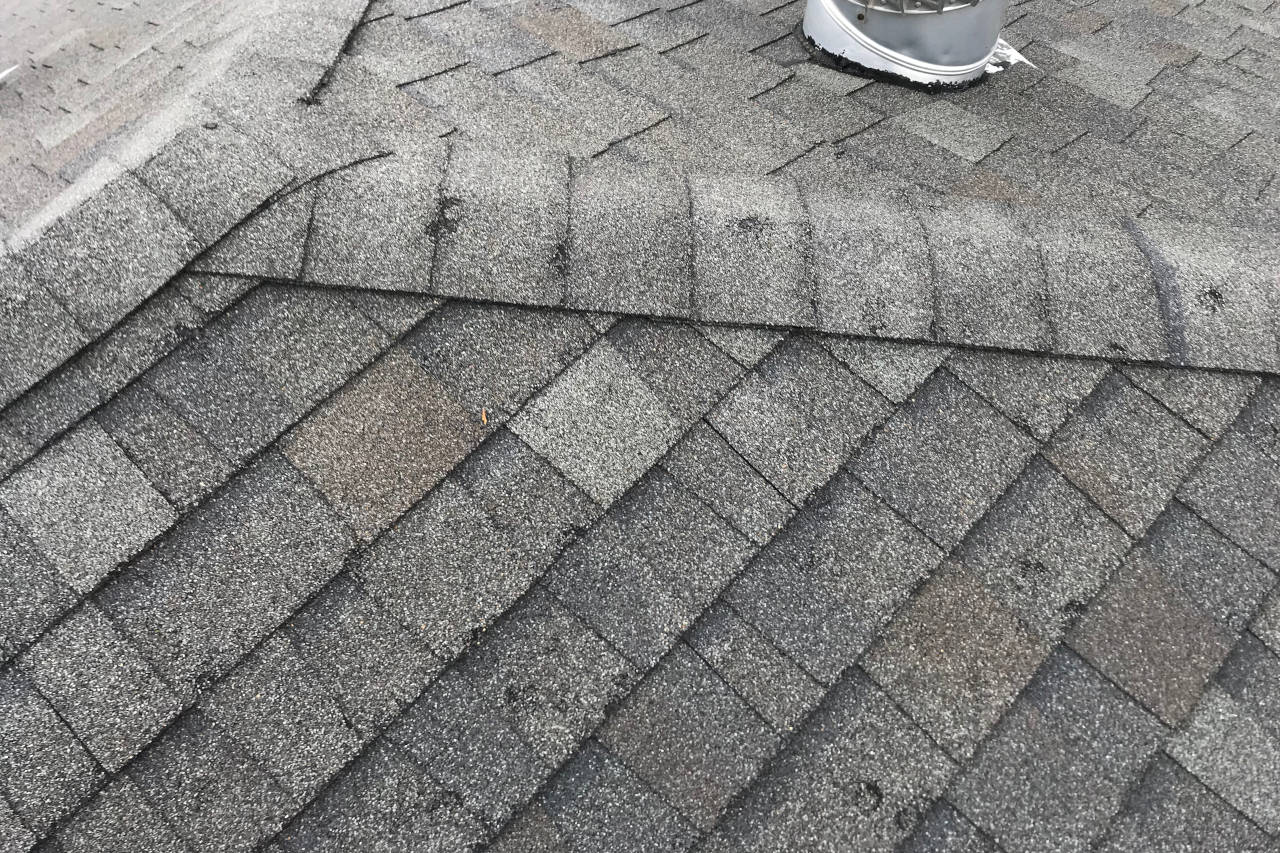
If your roof has been hit by hailstones, you may find more granules coming off within the months that follow. This is because hailstones loosen the granules, so they wash away more easily. If this is the case, contact your insurance company for an inspection before more damage occurs.
Damaged or Missing Flashing
Flashing is a metal or tar strip that prevents water from penetrating cracks, gaps, and valleys in a roof. Flashing is essential for preventing water leaks and damage.
If you spot flashing that is missing, or if you see lifting, separating, gaps, or cracks in the flashing, then a repair is needed. Also, look for cracked, dried, or missing caulking that may need to be replaced.
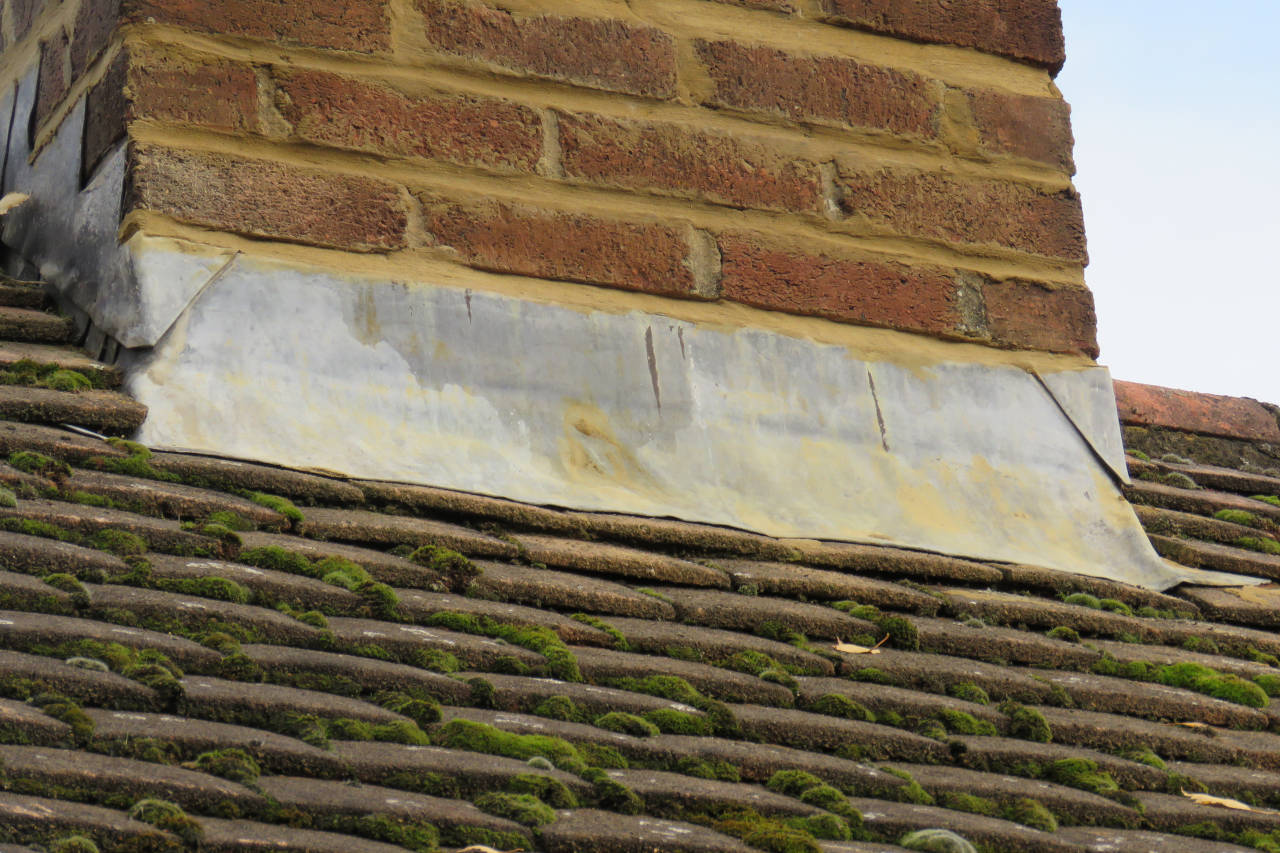
Moss, Moisture, or Mold
Large amounts of moss, moisture, or mold may indicate an issue with the roof not drying out. Moss holds moisture against the roof and may increase the likelihood of leaks.
It is usually the result of being shaded most of the day. Additionally, this condition is often unsightly and affects the curb appeal of your home. Fortunately, there are several methods for removing moss and mold from a roof.
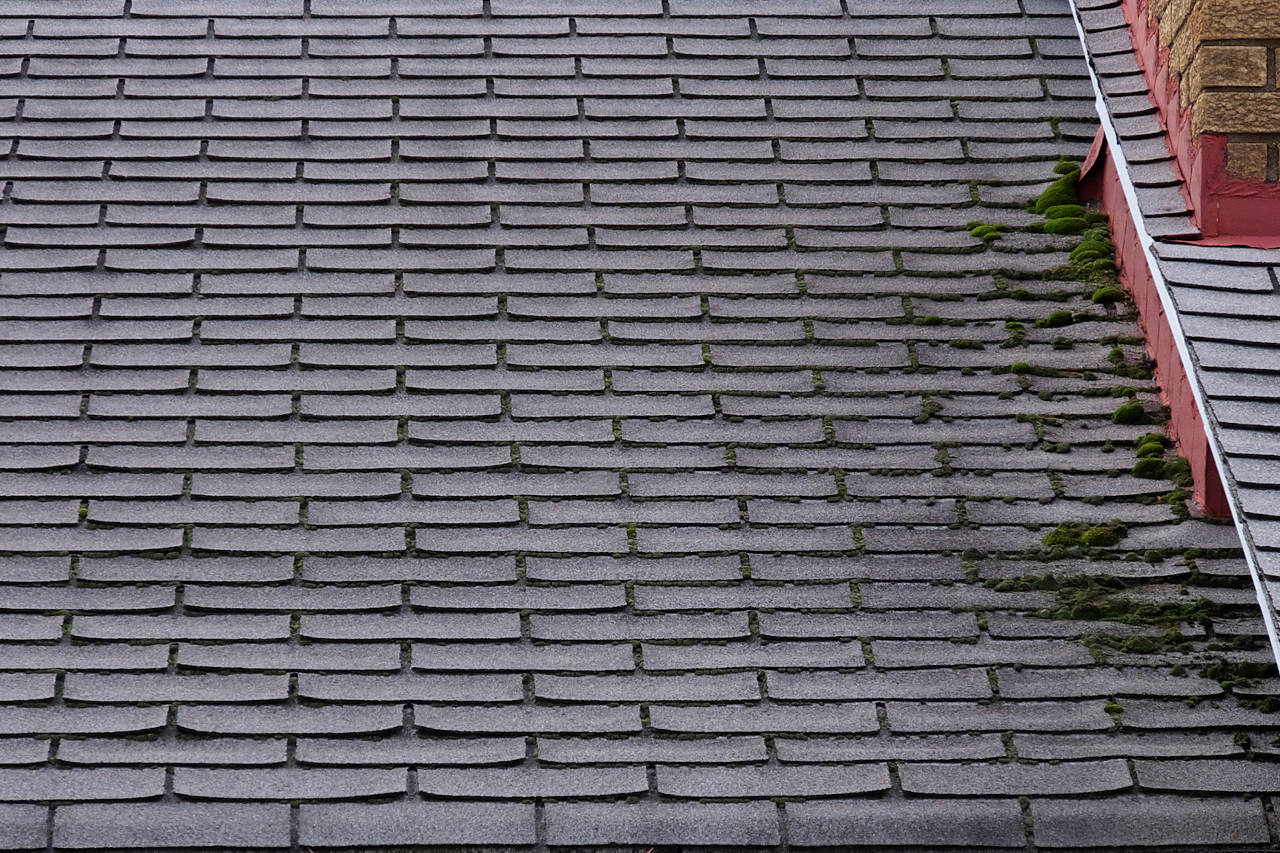
Keep in mind that black stains on your roof may be the result of blue-green algae in your area. This is harmless, although unattractive. If you choose to clean your roof, be sure to use gentle methods that will not loosen granules or harm the asphalt.
Age and Wear
3-tab asphalt shingles typically last 15-20 years, while architectural shingles often last 30-50 years. If the age of your shingles falls into this range, it is a warning sign that you should look very closely at the condition and that they might need replacement. Look for a worn appearance of the shingles.
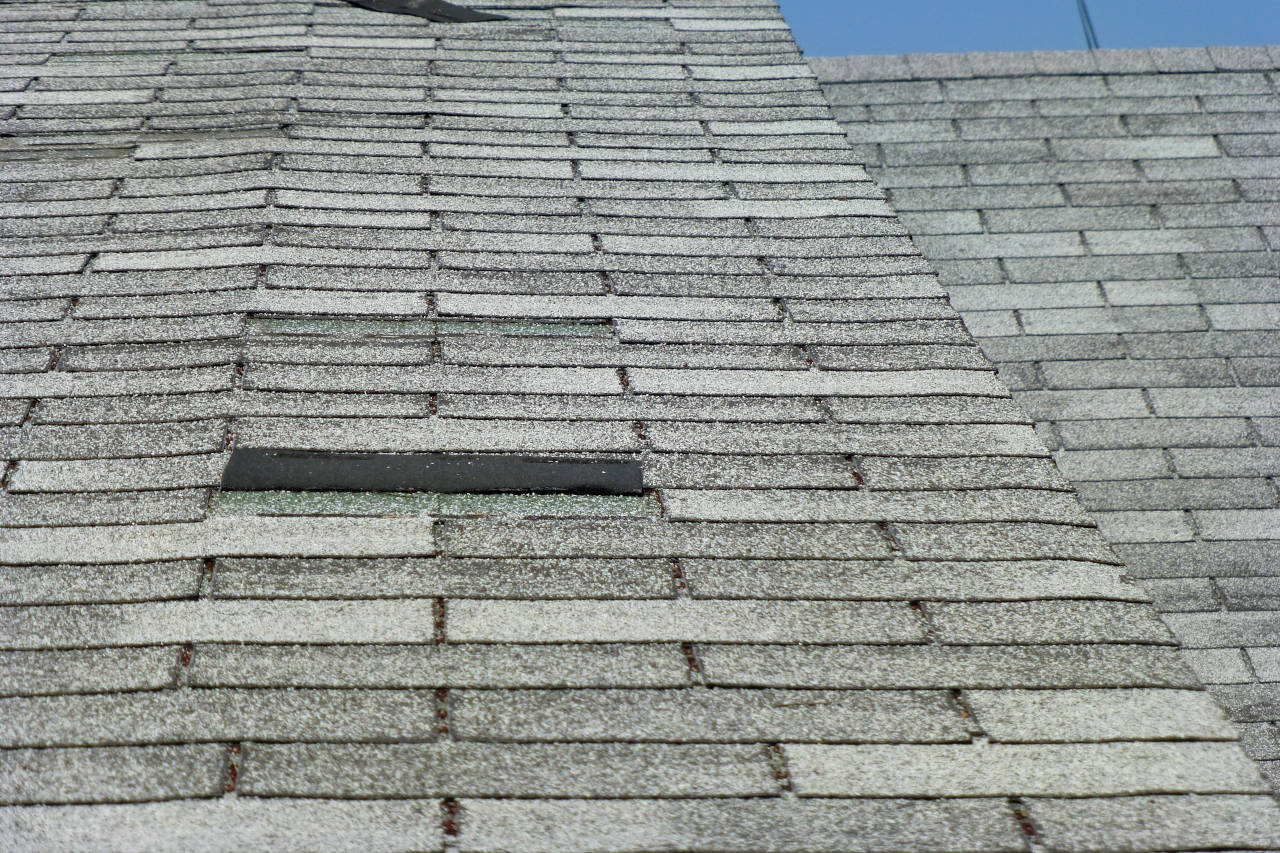
Inspect the Attic
Checking the attic is another good way to see if there are issues or defects in the roof. If you have access to your attic, bring a flashlight and look for additional warning signs.
Sunlight
Sunlight should not be seen in the attic unless you have a window or skylight. Sunlight can identify holes in the roof that need to be addressed. Keep in mind that if you have a ridge cap vent or other roof and attic ventilation, that sunlight may be entering from these areas depending on the time of day and the angle of the sun.
If you are unsure, check again at a different time of day to see if the light persists.
Leaks and Water Stains
Look at the underside of the roof sheathing for water drips or water stains. Stains on the sheathing are a sign that water has been leaking in the area.
Keep in mind that it’s possible that stains are old and that leaks have already been corrected. Consult with a professional to identify if the stains indicate a current leak or an old leak that has been repaired.
Another method is to revisit the attic again the next time it rains. If you notice new water stains or moisture either on the underside of the roof deck or in your insulation, this may indicate a current leak.
Damaged Sheathing
Look for damaged, rotten, or missing sheathing on the underside of the roof. This could indicate a water problem and a safety hazard for someone walking on the roof in the future. Damage to sheathing could allow the roof to wear prematurely.
A quick way to test your sheathing is with a screwdriver. Press the tip of a screwdriver into the wood. If it sinks in easily, the wood is beginning to rot due to moisture.
If it resists, your sheathing is likely in good condition. Always check in a few areas, particularly if you see other signs of water in the area.
Roof Repair or Replacement
Replacing a roof is a major investment, and in many cases, it may be possible to repair a roof without completely replacing it. Learn more about how much a new roof costs.
If it’s newer or in overall good condition, it may be worthwhile considering a repair. If it’s older and has many issues, it might be best to replace the entire roof rather than repairing it. We suggest consulting a roofing professional to find the best option for you.
Use our roofing calculator to find how much material is needed for a replacement project. Also, check out our roof pitch calculator if you need to find the pitch or angle of your roof.
Similar Roofing Calculators
References
- Occupational Safety and Health Administration - United States Department of Labor, 1926.1053 - Ladders, https://www.osha.gov/laws-regs/regulations/standardnumber/1926/1926.1053
- Carlos R. Lopez, PhD, PE; Jonathan S. Goode, PhD, PE; and Scott R. Morrison, PE, 'Wind Lifted' Or 'Wind Damaged' Shingles Are Not Always Visually Apparent, International Institute of Building Enclosure Consultants, December 28, 2017, https://iibec.org/misconceptions-wind-damage-asphalt-composition-shingles/
- Kenton Shepard and Nick Gromicko, CMI, Mastering Roof Inspections: Asphalt Composition Shingles, Part 34, International Association of Certified Home Inspectors, https://www.nachi.org/asphalt-comp-shingles-part34-88.htm



